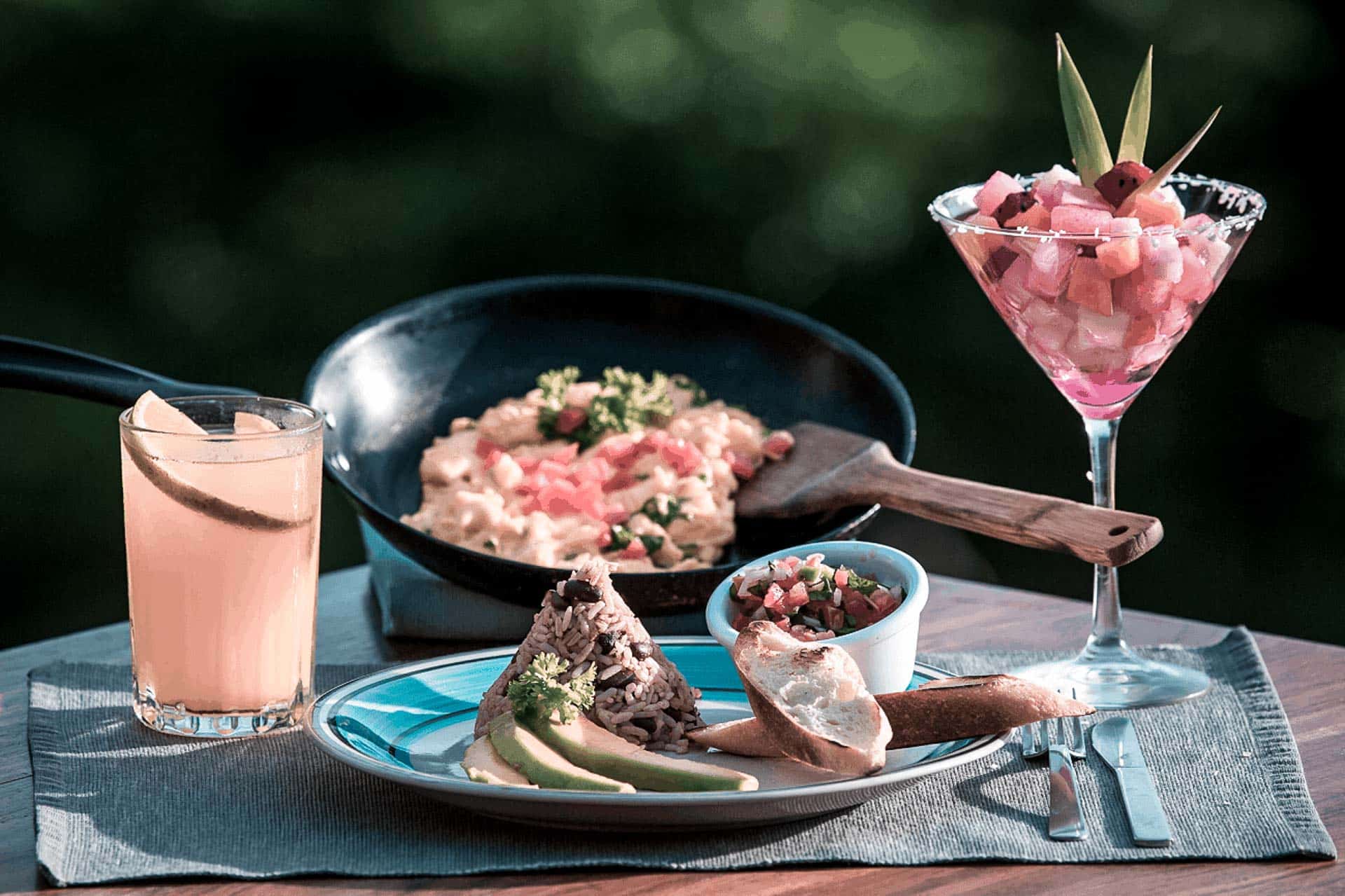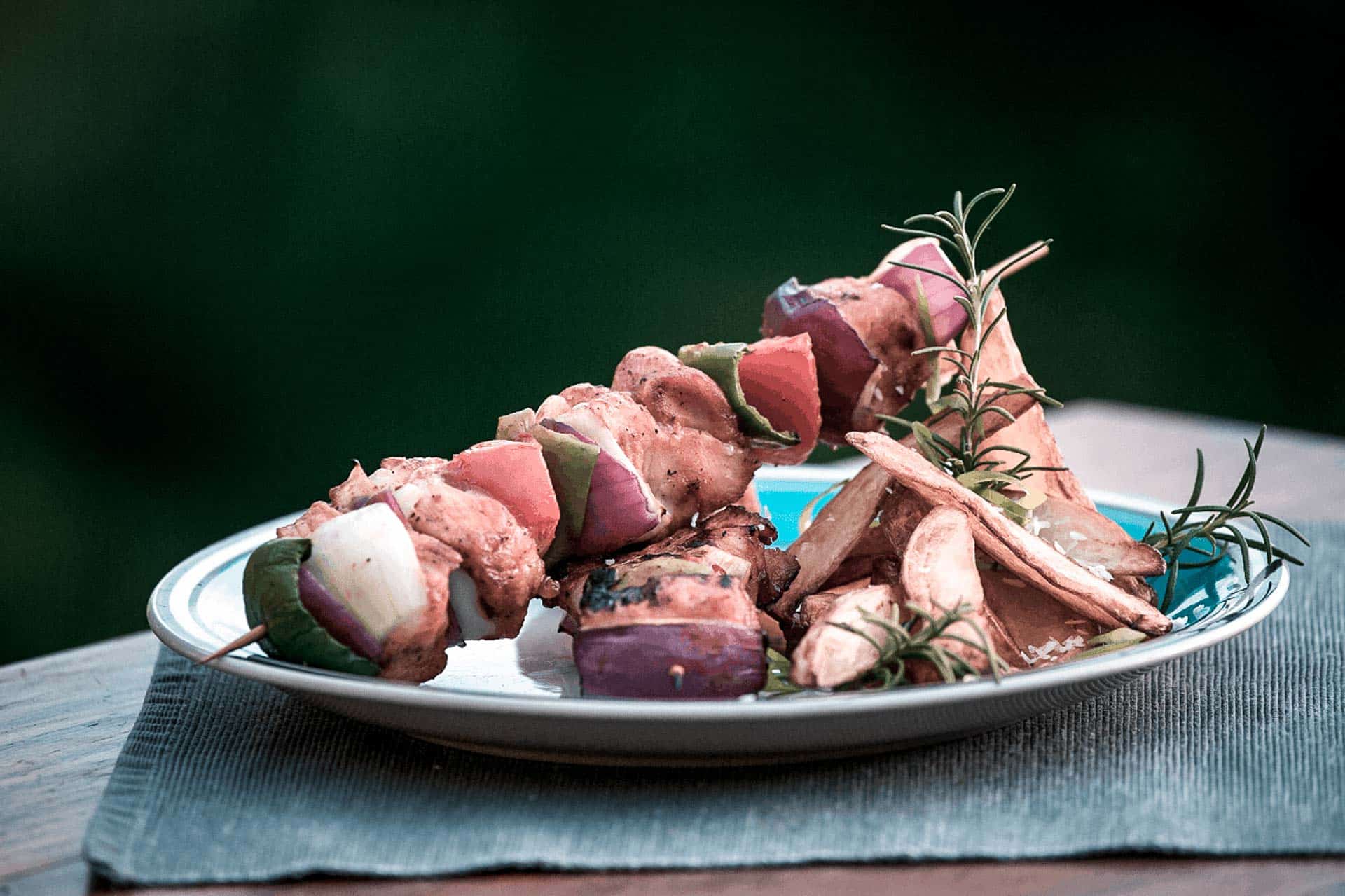Ever wondered what makes Nicaraguan cuisine so unique? If you're diving into the vibrant world of Central American food, you're in for a treat. Nicaragua offers a delightful mix of traditional flavors, fresh ingredients, and hearty dishes that'll leave your taste buds craving more. From the rich corn-based staples to the mouthwatering street foods, the country's culinary scene is a true reflection of its culture and history. So, buckle up as we take you on a flavorful journey through the common foods in Nicaragua!
When it comes to exploring new cuisines, there’s something magical about discovering dishes that tell a story. Nicaraguan food is no exception. The country's culinary traditions have been shaped by its indigenous roots, Spanish influences, and a touch of African flair. This blend creates a unique tapestry of flavors that’s both comforting and exciting. Whether you're a foodie looking for your next adventure or just curious about what makes Nicaraguan food special, you're in the right place.
Imagine sitting in a bustling market in Managua, surrounded by the aroma of sizzling plantains and freshly baked tortillas. Or picture yourself enjoying a plate of gallo pinto under the warm Nicaraguan sun. These are the moments that make exploring common foods in Nicaragua an unforgettable experience. Let’s dive deeper into what makes this cuisine so special and why it deserves a spot on your culinary bucket list.
- Fahdah Bint Mohammad Bin Salman Al Saud The Untold Story
- Nicaragua Food A Flavorful Journey Through Central Americas Hidden Gem
Table of Contents
- Overview of Nicaraguan Cuisine
- Staple Foods in Nicaragua
- Street Food Delights
- Traditional Dishes You Must Try
- Breakfast Options in Nicaragua
- Sweet Treats and Desserts
- Refreshing Beverages
- Cultural Influences on Nicaraguan Food
- Nutritional Value of Nicaraguan Cuisine
- Tips for Exploring Nicaraguan Food
Overview of Nicaraguan Cuisine
Now that we’ve got your appetite going, let’s talk about the big picture. Nicaraguan cuisine is all about simplicity, freshness, and bold flavors. The country’s diverse geography—from the lush rainforests to the fertile plains—offers a wide range of ingredients that form the backbone of its culinary tradition. Corn, beans, rice, and plantains are the stars of the show, but don’t underestimate the power of spices like achiote, cumin, and cilantro, which add that extra zing to every dish.
One of the coolest things about Nicaraguan food is how it reflects the country’s history. The indigenous people of Nicaragua have been cultivating corn and beans for centuries, and these ingredients remain central to the cuisine today. When the Spanish arrived, they brought new techniques and ingredients like pork, chicken, and cheese, which were quickly incorporated into local dishes. This fusion of cultures has resulted in a cuisine that’s both deeply rooted in tradition and open to innovation.
What Makes Nicaraguan Food Stand Out?
There are a few key factors that set Nicaraguan food apart from its neighbors in Central America. For one, the emphasis on corn is unmatched. You’ll find it in everything from tortillas to tamales, and even in drinks like pinolillo. Another standout feature is the use of fresh, local ingredients. Whether it’s juicy mangoes, ripe avocados, or tender beef, Nicaraguan food is all about celebrating the bounty of the land.
- Burt Lancaster The Charismatic Actor Who Left An Indelible Mark On Hollywood
- Vasilisa And Valeriy Dating The Ultimate Guide To Their Love Story
Staple Foods in Nicaragua
Let’s talk about the backbone of Nicaraguan cuisine: the staple foods. These are the ingredients you’ll find in almost every meal, from breakfast to dinner. Corn and beans are the big players here, but there are plenty of other stars worth mentioning.
Corn: The Heart of Nicaraguan Cuisine
Corn is more than just an ingredient in Nicaragua—it’s a way of life. From nixtamalized corn used to make tortillas to the delicious tamalitos, this humble grain is everywhere. Tortillas are a must-have at every meal, often served warm and fresh from the comal. And let’s not forget about pinolillo, a traditional drink made from toasted corn and cocoa that’s perfect for cooling off on a hot day.
Beans: The Perfect Partner
Beans are the perfect complement to corn in Nicaraguan cuisine. Whether they’re served as part of the iconic gallo pinto or as a side dish, beans add richness and texture to every meal. Most Nicaraguans prefer red beans, which are often cooked with onions, garlic, and spices for extra flavor.
Street Food Delights
Street food in Nicaragua is a must-try for any food lover. From bustling markets to quiet street corners, you’ll find a variety of tasty treats that’ll make your taste buds dance. These snacks are not only delicious but also affordable, making them a popular choice for locals and tourists alike.
Popular Street Foods
- Quesillo: A savory treat made with tortillas, cheese, and cream, wrapped in a banana leaf.
- Nacatamal: A hearty tamale filled with meat, potatoes, and spices, wrapped in plantain leaves.
- Plantains: Fried or baked, plantains are a staple street food that can be enjoyed sweet or savory.
Street vendors in Nicaragua are like culinary wizards, whipping up these delicious snacks with ease. Be sure to try a quesillo if you’re in León or Masaya—it’s a local favorite!
Traditional Dishes You Must Try
Now that we’ve covered the staples and street food, let’s dive into some traditional Nicaraguan dishes that are worth seeking out. These are the meals that truly define the country’s culinary identity.
Gallo Pinto
No trip to Nicaragua is complete without trying gallo pinto. This dish of rice and beans is seasoned with onions, garlic, and achiote, giving it a rich, savory flavor. It’s often served for breakfast, but don’t be surprised if you see it on the menu for lunch or dinner too.
Vigorón
Vigorón is another must-try dish that’s perfect for snack time. It consists of boiled yuca served with a cabbage salad and chicharrón (fried pork). The combination of textures and flavors is simply irresistible.
Breakfast Options in Nicaragua
Breakfast in Nicaragua is all about comfort and energy. Whether you’re starting your day with a plate of gallo pinto or enjoying a fresh fruit smoothie, there’s no shortage of delicious options to choose from.
Classic Nicaraguan Breakfast
A typical Nicaraguan breakfast might include:
- Gallo pinto
- Fried eggs
- Plantains
- Queso fresco (fresh cheese)
- A cup of strong Nicaraguan coffee
It’s hearty, filling, and the perfect way to fuel up for a day of exploring.
Sweet Treats and Desserts
After all that savory goodness, it’s time to talk about something sweet. Nicaraguan desserts are just as delicious as the main courses, often featuring fresh fruits and creamy textures.
Popular Desserts
- Tres Leches Cake: A sponge cake soaked in three types of milk, topped with whipped cream.
- Marañon Dulce: A sweet drink made from cashew fruit, sugar, and spices.
- Bizcocho: A fluffy cake often served with coffee or tea.
These desserts are the perfect way to end a meal, or even enjoy as a midday treat.
Refreshing Beverages
No discussion of Nicaraguan cuisine would be complete without talking about the drinks. Whether you’re in the mood for something cold and refreshing or something warm and comforting, there’s a beverage for every occasion.
Traditional Drinks
- Pinolillo: A traditional corn-based drink that’s perfect for cooling off.
- Chicha: A fermented drink made from corn and fruit, often served with a splash of cinnamon.
- Refrescos Naturales: Fresh fruit juices like mango, orange, and tamarind.
These drinks are not only delicious but also a great way to stay hydrated in the Nicaraguan heat.
Cultural Influences on Nicaraguan Food
Nicaraguan cuisine is a true reflection of the country’s diverse cultural heritage. From the indigenous roots to the Spanish and African influences, each culture has left its mark on the food. For example, the use of corn and beans can be traced back to the indigenous peoples, while the introduction of pork and chicken came with the Spanish. This blend of cultures has resulted in a cuisine that’s both rich and diverse.
Nutritional Value of Nicaraguan Cuisine
When it comes to nutrition, Nicaraguan food has a lot to offer. The emphasis on whole grains, beans, and fresh fruits and vegetables makes it a healthy choice. Plus, the use of natural ingredients and minimal processing means you’re getting all the goodness without the added nasties.
Health Benefits of Common Foods
- Corn: Rich in fiber and antioxidants.
- Beans: High in protein and fiber, great for heart health.
- Fruits: Packed with vitamins and minerals, perfect for boosting your immune system.
So not only is Nicaraguan food delicious, but it’s also good for you!
Tips for Exploring Nicaraguan Food
Ready to dive into the world of Nicaraguan cuisine? Here are a few tips to make the most of your culinary adventure:
- Visit local markets to get a taste of authentic street food.
- Ask locals for recommendations—chances are they’ll know the best places to eat.
- Don’t be afraid to try new things—you might discover a new favorite dish!
Exploring common foods in Nicaragua is more than just eating—it’s about experiencing the culture, history, and people behind the food. So go ahead, take that first bite, and let the flavors of Nicaragua take you on a journey!
Final Thoughts
As we wrap up our flavorful journey through the common foods in Nicaragua, it’s clear that this cuisine has so much to offer. From the hearty staples to the vibrant street food, every dish tells a story of tradition, culture, and innovation. Whether you’re a food enthusiast or just looking to try something new, Nicaraguan food is a must-try experience.
So what are you waiting for? Head to your nearest Nicaraguan restaurant or plan a trip to the country itself. And don’t forget to share your culinary adventures with us in the comments below. Who knows, you might just inspire someone else to take the plunge into the world of Nicaraguan cuisine!
- Is Knox Jolie Pitt Adopted Unveiling The Truth Behind Angelina Jolie And Brad Pitts Family
- Billie Eilish Images Your Ultimate Visual Guide


